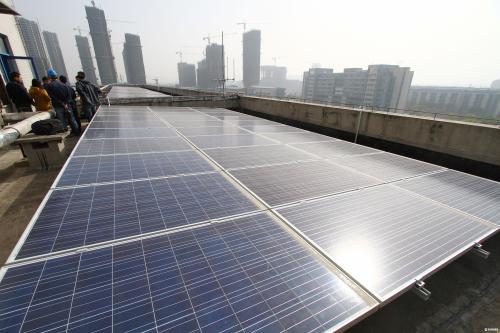Three Reasons For The Solar Panel PID Phenomenon
Label:
Solar Panel
Solar Panel PID
There are three main reasons for the phenomenon of solar panel PID phenomenon:
1. System design reasons:
The lightning protection grounding of the photovoltaic power station is realized by grounding the component frame at the edge of the square array, which causes a bias voltage to be formed between the individual components and the frame. The higher the bias voltage of the component occurs, the PID phenomenon occurs. The more serious it is. For the P-type crystalline silicon component, the anode of the inverter with the transformer is grounded, and the forward bias of the component frame relative to the cell is eliminated, which effectively prevents the occurrence of the PID phenomenon, but the grounding of the negative pole of the inverter increases the corresponding system construction. cost;
2. Photovoltaic module causes:
The high temperature and high humidity environment causes leakage current to form between the battery chip and the ground frame, and a leakage current channel is formed between the package material, the back plate, the glass and the frame. By using the modified insulating film ethylene vinyl acetate (EVA) is one of the ways to achieve component anti-PID, the component's anti-PID performance will be different under different EVA encapsulation film conditions. In addition, the glass in the solar panel is mainly calcium soda glass, and the influence of glass on the PID phenomenon of the photovoltaic module is still unclear;
3. Cell reasons:
The uniformity of the cell sheet resistance, the thickness of the anti-reflection layer and the refractive index have different effects on the PID performance.
Among the above three aspects of the PID phenomenon, the PID phenomenon caused by the potential difference between the solar panel frame and the component is recognized by the industry, but the mechanism of the PID phenomenon in the components and the battery chip is not clear, and the corresponding Measures to further improve the anti-PID performance of components are still unclear.
